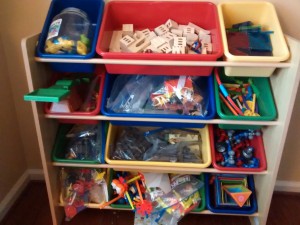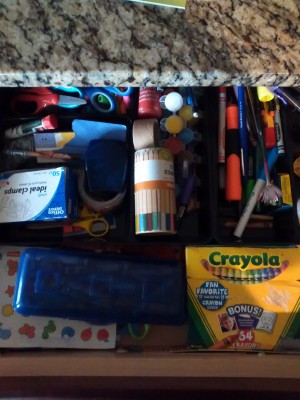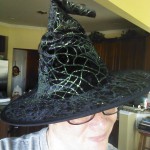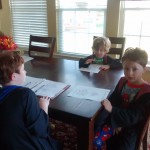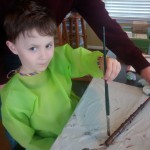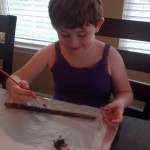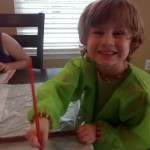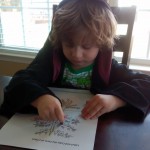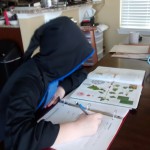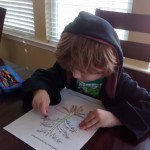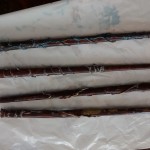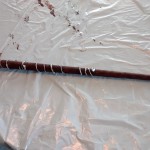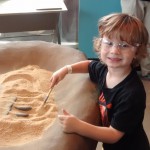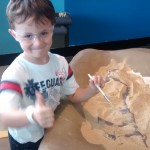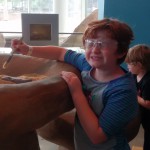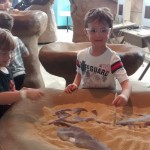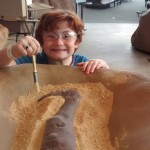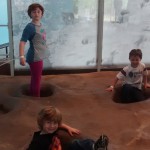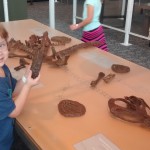I want to talk to you about Enchantment. It’s important, so have a seat, grab a cup of tea, and join me…
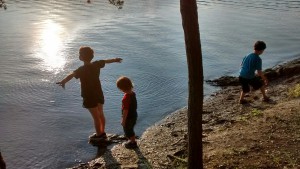
What does “Enchantment” even mean? A quick Google search reveals that “Enchantment” means “a feeling of great pleasure or delight” and “the state of being under a spell; magic.” Why wouldn’t we want more of that in our homeschools, and in our lives for that matter?
Let me first preface that I received my encouragement to seek Enchantment in my life and homeschool from the Julie Bogart and the Brave Writer program. Prior to this we were exploring our way through various curricula and programs, which all provided great information and resources but were lacking that ‘je ne sais quoi’ that we were unconsciously seeking but never finding.
When you find it, you will know.
(The photo below shows a spontaneous Short Story Tea Time that my mother and step-father put together. Purely delighful!)
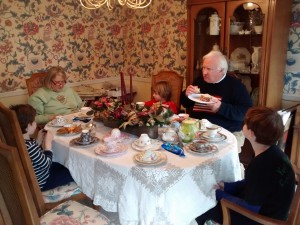
Enchantment looks and feels different for each family and each person. For us it visits in the form of pure joy. That’s how I know when it arrives at our house. My children and I experience pure and unadulterated joy. There are twinkling eyes, dimpled cheeks. Little ones dance while time stands still. Pressure is gone, obligation is not welcome, and schedule is most certainly uninvited!
But be careful, it won’t necessarily stay. You have to invite it, make it feel welcome, nurture it. It may not visit every day. But when it does, you will most certainly be grateful for its company.
The good news is that all you need to summon Enchantment into your homeschool is a little pixie dust. Pixie dust lets Enchantment know that your heart is open, ready and willing. “What is pixie dust and where do you find it?” you ask. Well, let me tell you where we have found some pixie dust.
Pixie dust is found in everyday places. That’s good news, right? It collects in the ordinary places that we often neglect while schooling, like game shelves, costume chests, picture book baskets, and toy bins. It gathers in the pantry where we keep our treat baking supplies. It forms powdery mountains behind the couch and gets kicked up when we pile on to read fun stories together. Pixie dust builds up in the Legos, Lincoln Log Villages, crayons, and K’Nex creatures all over the floor. Messes (those made from play and creativity) are sure signs of pixie dust and even the elusive Enchantment!
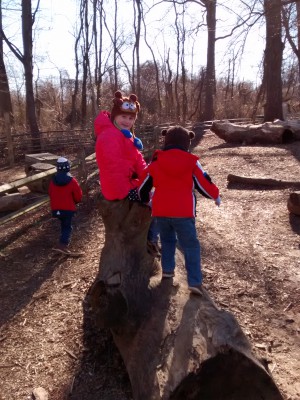
You see, Enchantment visits us when there is pixie dust in the air. Now, I understand that there are times when we feel that we must get out our worksheets and curriculum books and sit at the kitchen table. There are times when we may hear some moaning and groaning (a SURE sign that Enchantment is nowhere near). There are times when we feel like we must do things that we don’t want to do. I have good news. It is still possible, and never too late, to find a little pixie dust. You must just listen to yourself and your children. If what you are doing is not bringing joy into your home, bid it farewell.
Oh, and please don’t be afraid that learning is put on hold when Enchantment comes to call. Au contraire! It is happening. Naturally. Easily. Happily. Without stress or struggle.
So take a chance. Let go and look for the pixie dust. See what Enchantment has in store for you when she visits…
Here are some quick tips for inviting some Enchantment into your homeschool day:
- Bake some treats and have a Poetry Tea Time.
- Grab a favorite game and play together!
- Substitute one subject for a game. I have our list of educational games here.
- Take a break and go outside! Play. Go on a nature hike. Watch birds. Collect rocks. Whatever – just go outside!
- Grab the art supplies and get creative!
- Set up a book basket in your living area. Fill it with books on various topics and from different genres. Have each child pick one and gather on the couch to read.
- Create a toy corner full of bins of fun and creative stuff. Give your kids some free time to build and explore on their own.
- Pop some popcorn and watch a great movie together. Here is a list of some of our favorites.
- Have a dress-up bin readily accessible and give your kids free time to pretend when the interest strikes.
- Leave some interesting things out, like on the coffee table, and see what your kids do. Some ideas I have seen lately are new games, art supplies, toothpicks and marshmallows. The possibilities are as endless as your creativity!
- Try giving your kids a say in what and how they learn. They will appreciate the choice! This could be as simple as allowing them to choose which subject to start with or which book they want to read next. You may be surprised by how much ownership they take over the material.














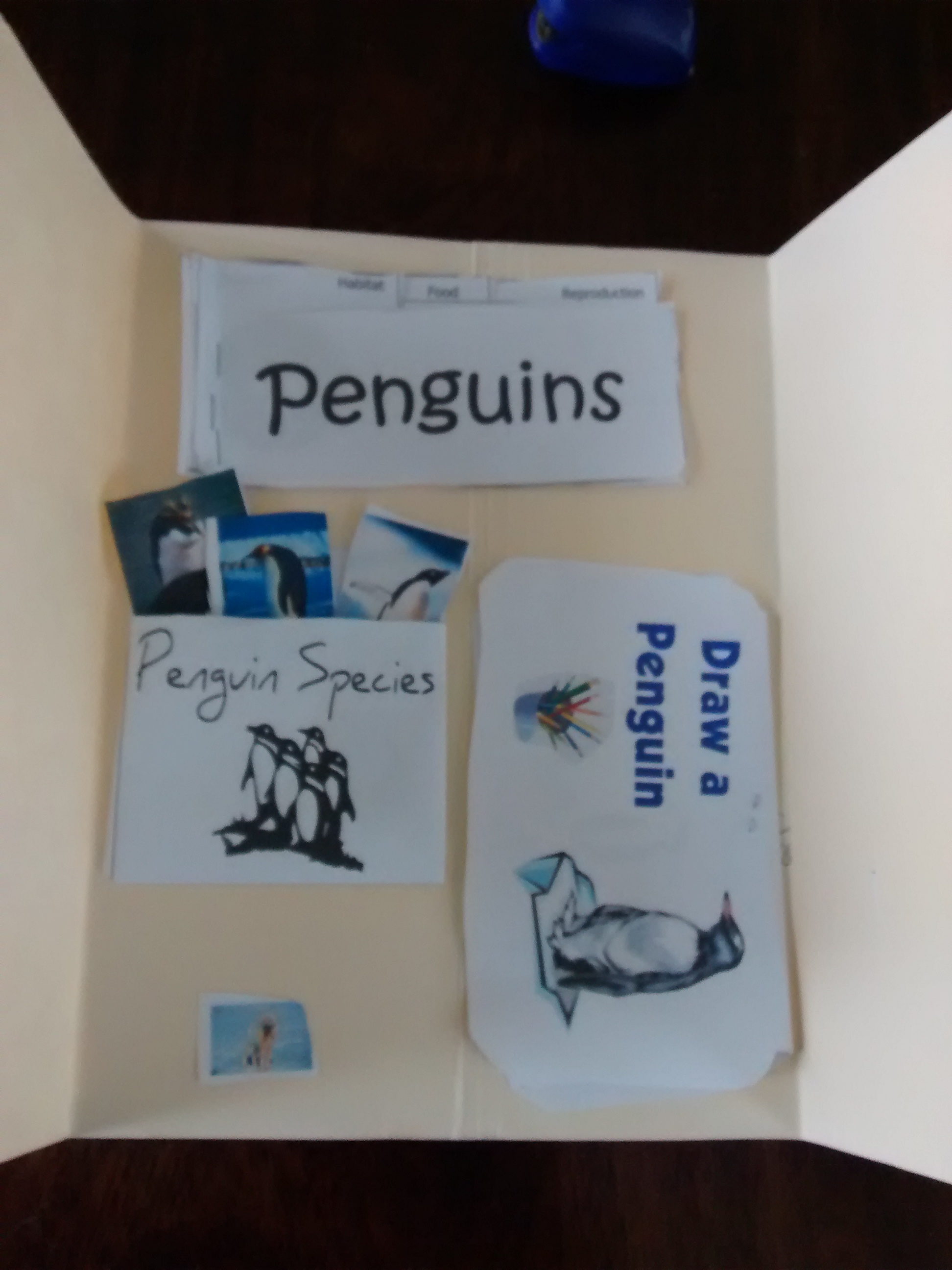
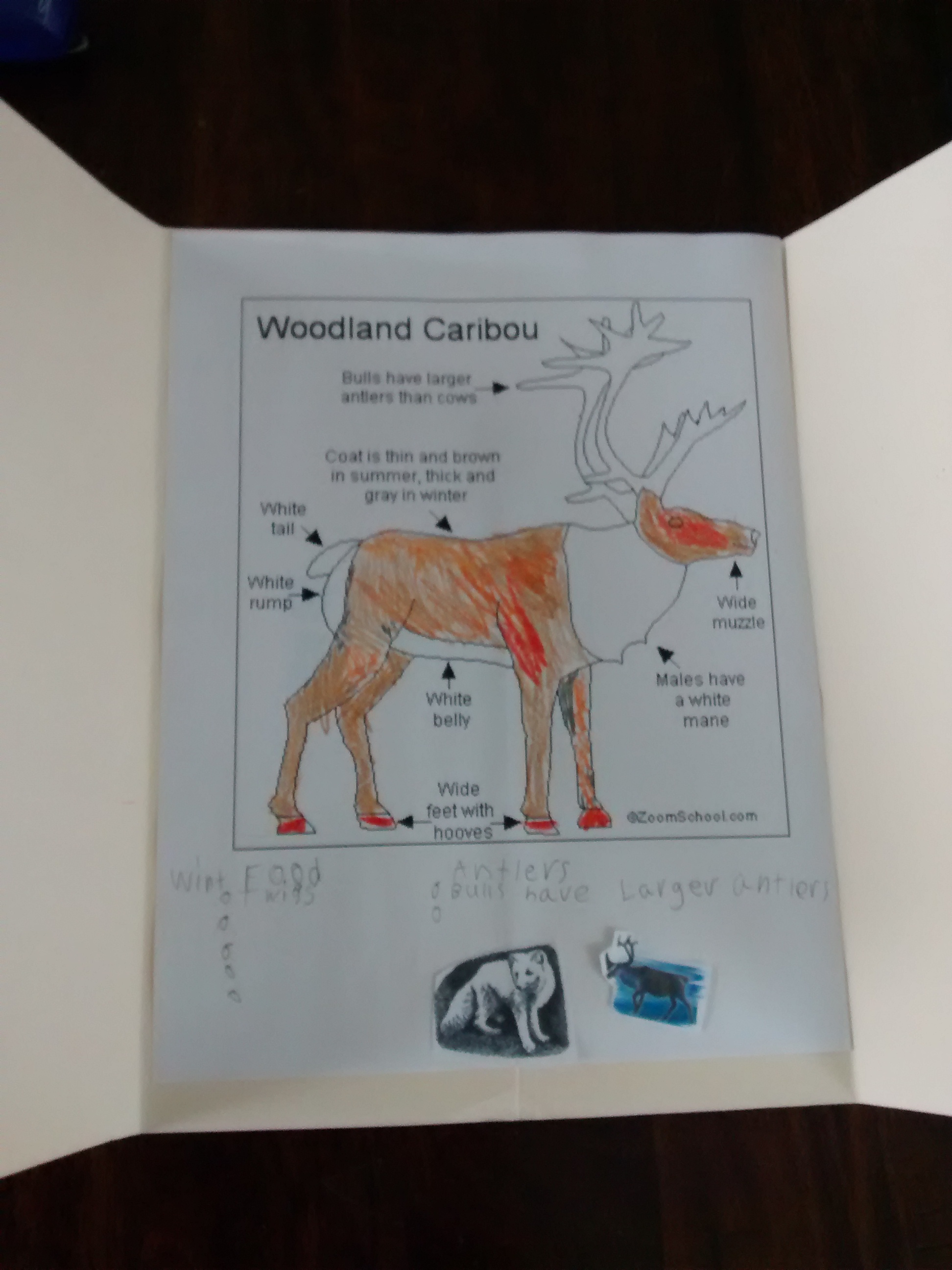
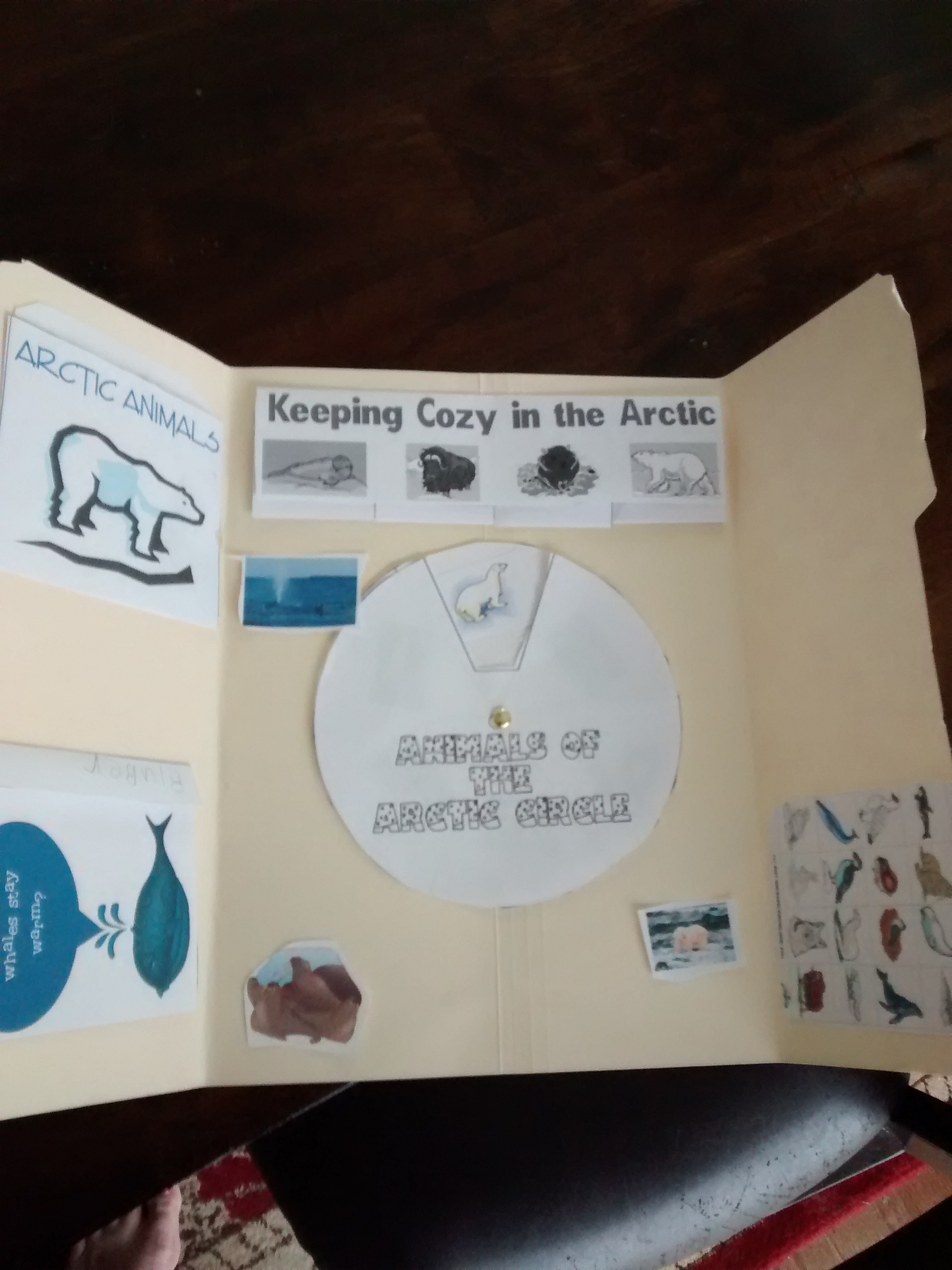
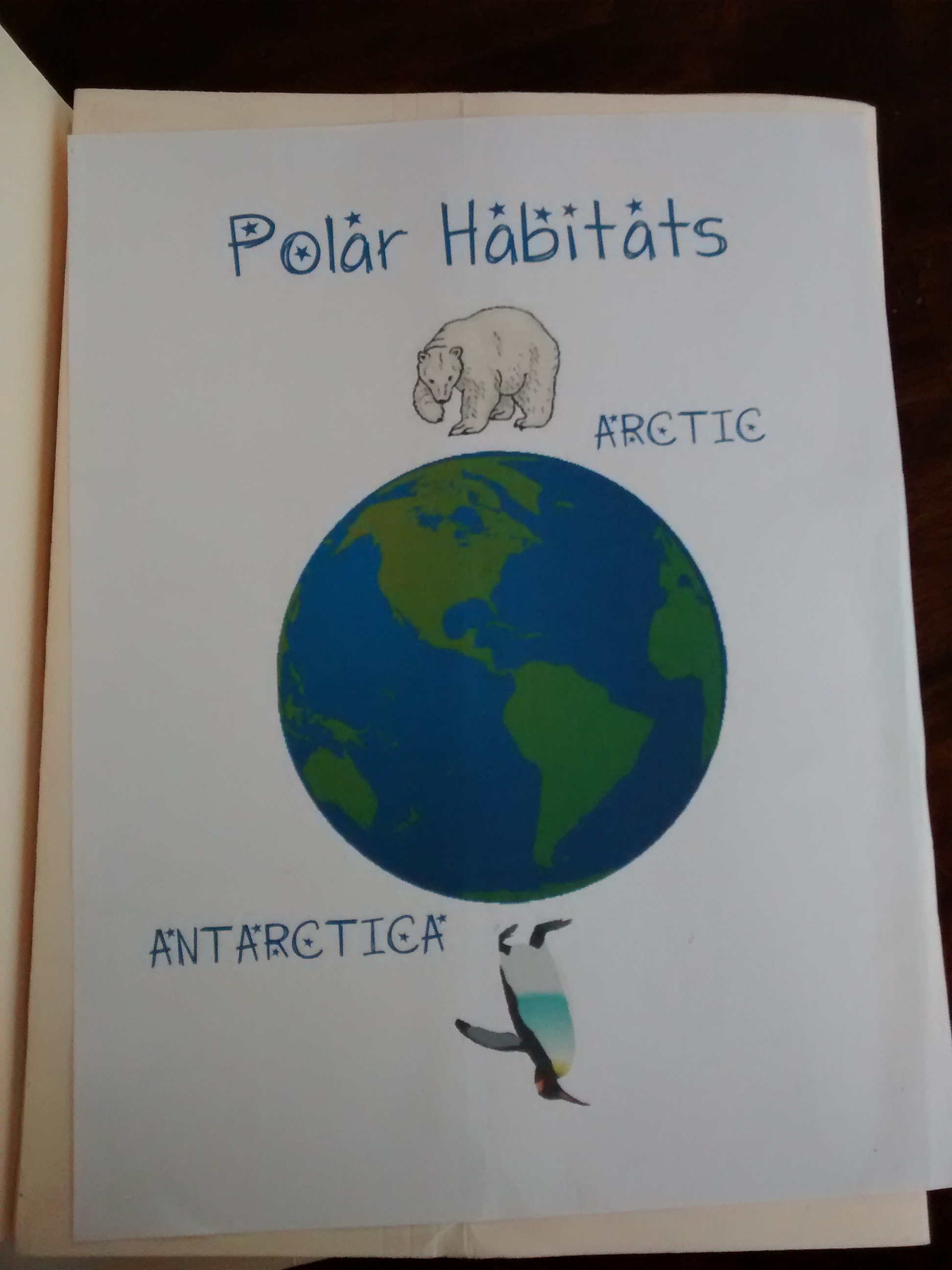

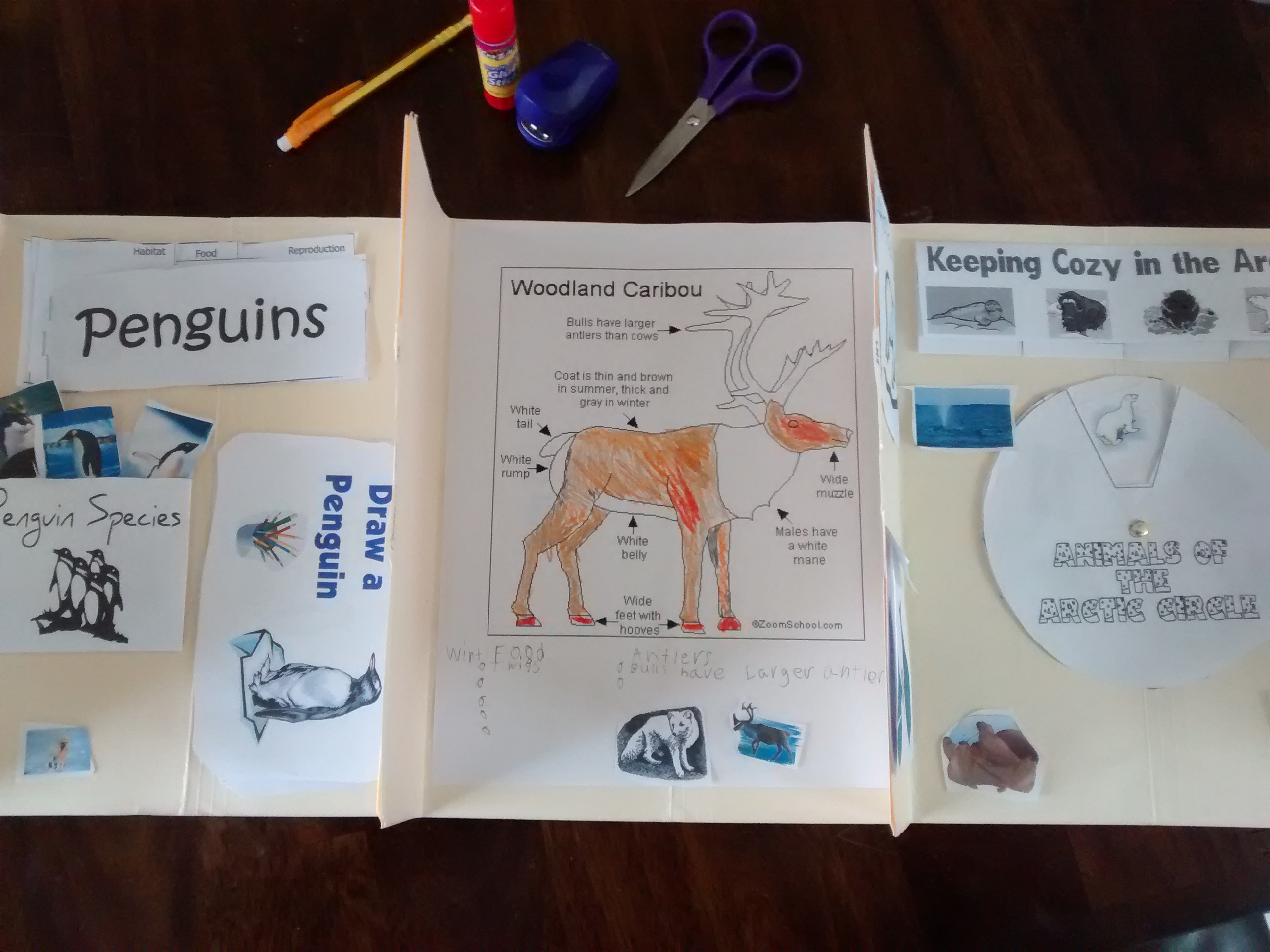


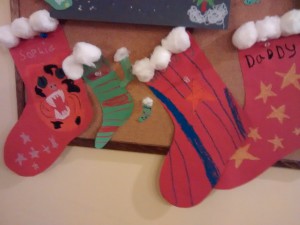
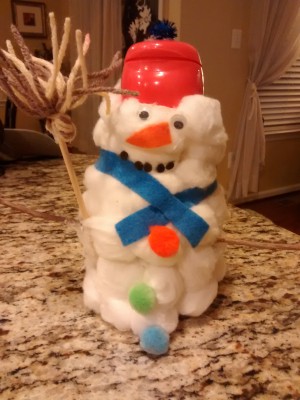

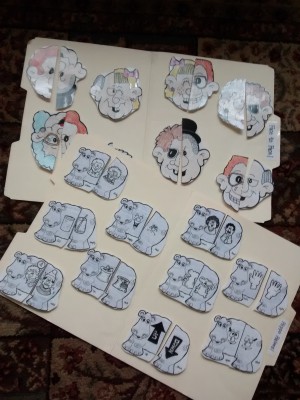 folder games, recommended by my friend and neighbor, have been a real life saver! File folder games are just what they sound like. My friend gave me some and I re-purposed some old manila file folders of my own, colored some cute
folder games, recommended by my friend and neighbor, have been a real life saver! File folder games are just what they sound like. My friend gave me some and I re-purposed some old manila file folders of my own, colored some cute 